How to find water for a well - an overview of 5 search methods + biolocation method in detail
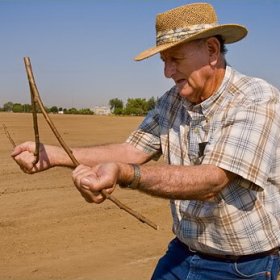
Water is the basis of life. Every day, people use tons of this priceless mineral for their own purposes, so it is constantly in short supply. Owners of suburban real estate in all its manifestations strive to provide themselves with life-giving moisture and are engaged in the arrangement of wells or wells. Many are interested in how to find water for a well in their area. It turns out that you can try to do it yourself, using one of the many existing methods.
Where does groundwater accumulate?
Before you start your search, you should learn a little more about groundwater. Moisture accumulates underground inside the so-called aquifers as a result of precipitation. The fluid sandwiched between the water-resistant layers of soil, consisting of stone or clay, forms ponds of different sizes.
Their location is not strictly horizontal; they can bend, forming peculiar lenses filled with water in such areas. Their volumes are also very diverse: from several cubic meters to tens of cubic kilometers.

A groundwater pattern is necessary in order to have at least some idea of where the source may be.
Closest to the surface, at a depth of only 2-5 m, lies the “top water”. These are small ponds fueled by precipitation and meltwater. In dry times, they usually dry out and cannot be a source of water supply. In addition, water from them can most often be used only for technical purposes. Of greatest interest to humans are the deep aquifers containing large reserves of perfectly filtered water. They usually lie at a depth of 8-10 meters and below. The most valuable water, enriched with minerals and salts, is even deeper, at a distance of about 30-50 m. Reaching it is real, but difficult.
Popular ways to find water in the area
If desired, the search for water under the well can be done in several ways. The most common ones are:
Using pottery
An ancient method for determining the presence of water involved the use of a clay pot. It was dried in the sun, then turned over and set on the ground above the site of the alleged occurrence of a water vein. After some time, the dishes fogged up from the inside, if there really was water under it. Today, this method is somewhat improved.
You need to take a liter or two of silica gel, which is an excellent desiccant. It is thoroughly dried in the oven and poured into a clay pot. After that, dishes with gel are weighed on accurate scales, better than pharmacies. Then they wrap it in a cloth and bury it to a depth of about half a meter in the place where the well is supposed to be drilled. Leave there for a day, then dig out and carefully weigh again.
The more moisture is absorbed into the gel, the closer the water.At the initial stage, you can bury several pots and choose a place with the most intense return of water. Instead of silica gel, ordinary brick can be used, which is also dried and weighed.
Observations - where do plants grow?
Some plants are excellent indicators indicating an underground body of water.
For example, a birch growing above a watercourse will be small in height with a nodular, curved trunk. The branches of the tree located above it will form the so-called “witch's panicles”. Close to the surface of the water will show thickets of woodlice, a low herbaceous plant. River gravity directly points to the watercourse located beneath it. But the pine, with its long rod root, says the opposite - in this place the water is located quite deep.
Elevation determination
This method can only be used if there is any body of water or well nearby. You will need a regular aneroid barometer, with which pressure will be measured. Based on the fact that for every 13 m of elevation, the pressure will drop by about 1 mmHg, you can try to determine the depth of groundwater. To do this, measure the pressure at the site of the proposed well and on the shore of the reservoir. The pressure drop is about half mmHg. Art. indicates that the depth of the aquifer is 6 or 7 meters.
Natural observations
Soil saturated with underground moisture will certainly evaporate it. In the early morning or evening at the end of a very hot summer day, you should pay attention to the area where it is supposed to equip the well.
If fog forms above it, there is water there. It is best if the fog rises in a column or swirls, which means that there is a lot of moisture and it is close enough. It should also be known that water-resistant layers usually repeat the terrain. Thus, in basins and natural hollows surrounded by hills, there will certainly be water. But on the slopes and plains it may not be.
Exploratory drilling
How to find water using a frame?
Very often, the search for water for a well is carried out using dowsing, an ancient and very accurate method for determining the water flow. Before you begin the search, you will need to prepare a framework that is pieces of aluminum wire about 40 cm long. Their ends at about 10 cm are bent at right angles. It is believed that it is best to insert frames into elderberry tubes that have the core removed. The wire in the tubes should turn completely quietly. Also, forks can be used forked branches of viburnum, willow or hazel.
The following actions are performed:
- We determine the position of the cardinal points from the compass and mark them on the territory of the site with pegs.
- Take a frame in each hand. We press our elbows to our sides, we direct our forearms parallel to the ground, so that the frame becomes an extension of our hands.
- We slowly cross the site from north to south, and then from east to west. In a place where there is a stream under the ground, the frames will begin to move and intersect. This place is marked with a peg.
- Given that usually water lies in the form of peculiar veins, finding one point, we determine the entire watercourse. To do this, we perform the previous operation several times, each time marking with a peg the place where the frames intersected.
- We determine the thickness and depth of the watercourse. Imagine that we are diving to the depth of our own growth, then at two, three or more of these distances. The first time the frame responds to the upper boundary of the water core, the second to the lower.
The well on the site is a practical solution for providing water supply to the house and the personal plot.Self-search methods for underground watercourse will determine the presence of water on the site and will help to decide on the possibility of arranging the system. But do not rely too much on them, because all of these methods, although considered fairly accurate, give only general answers to questions. Absolutely accurately determine the presence of an aquifer, its depth and thickness only specialists can.
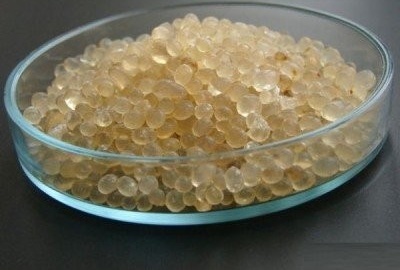

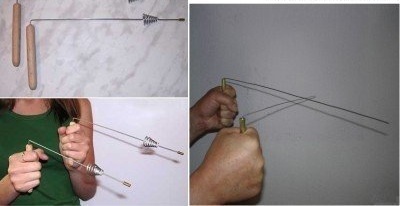
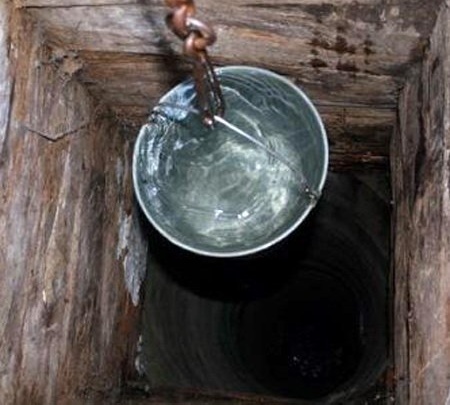
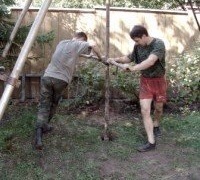
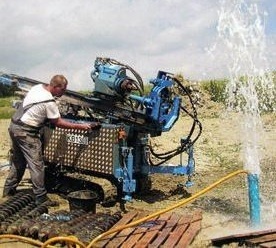
12 comments